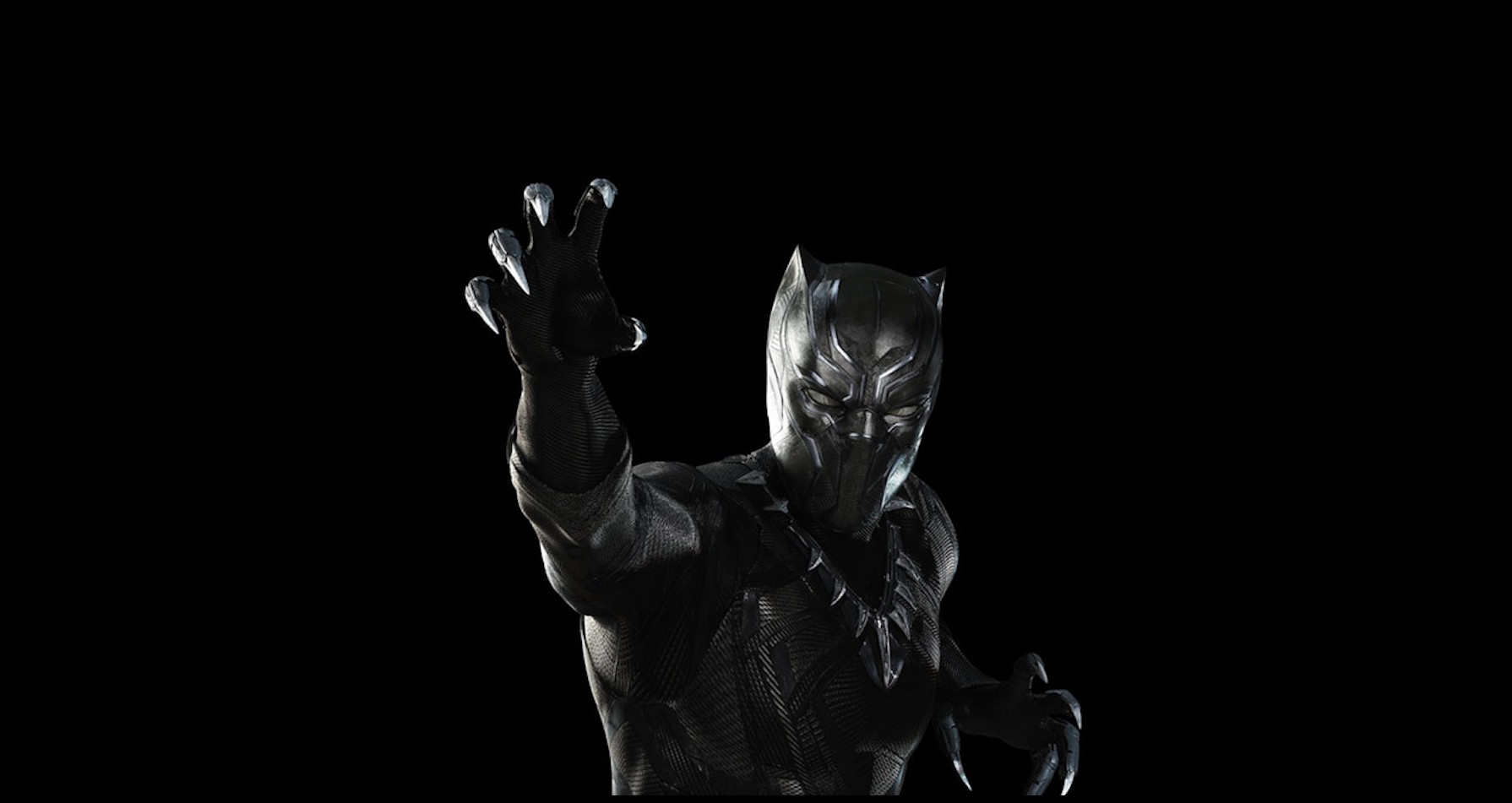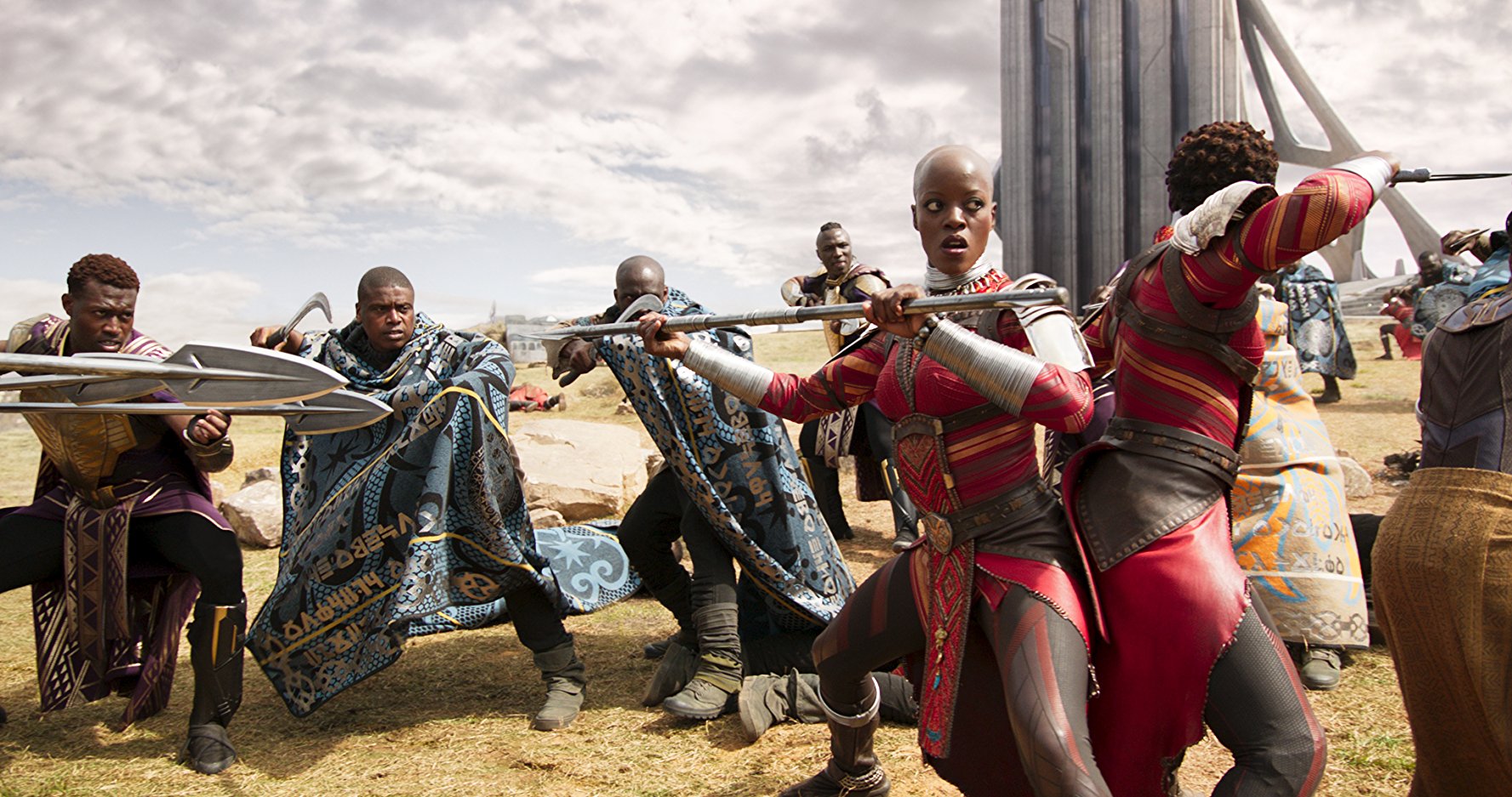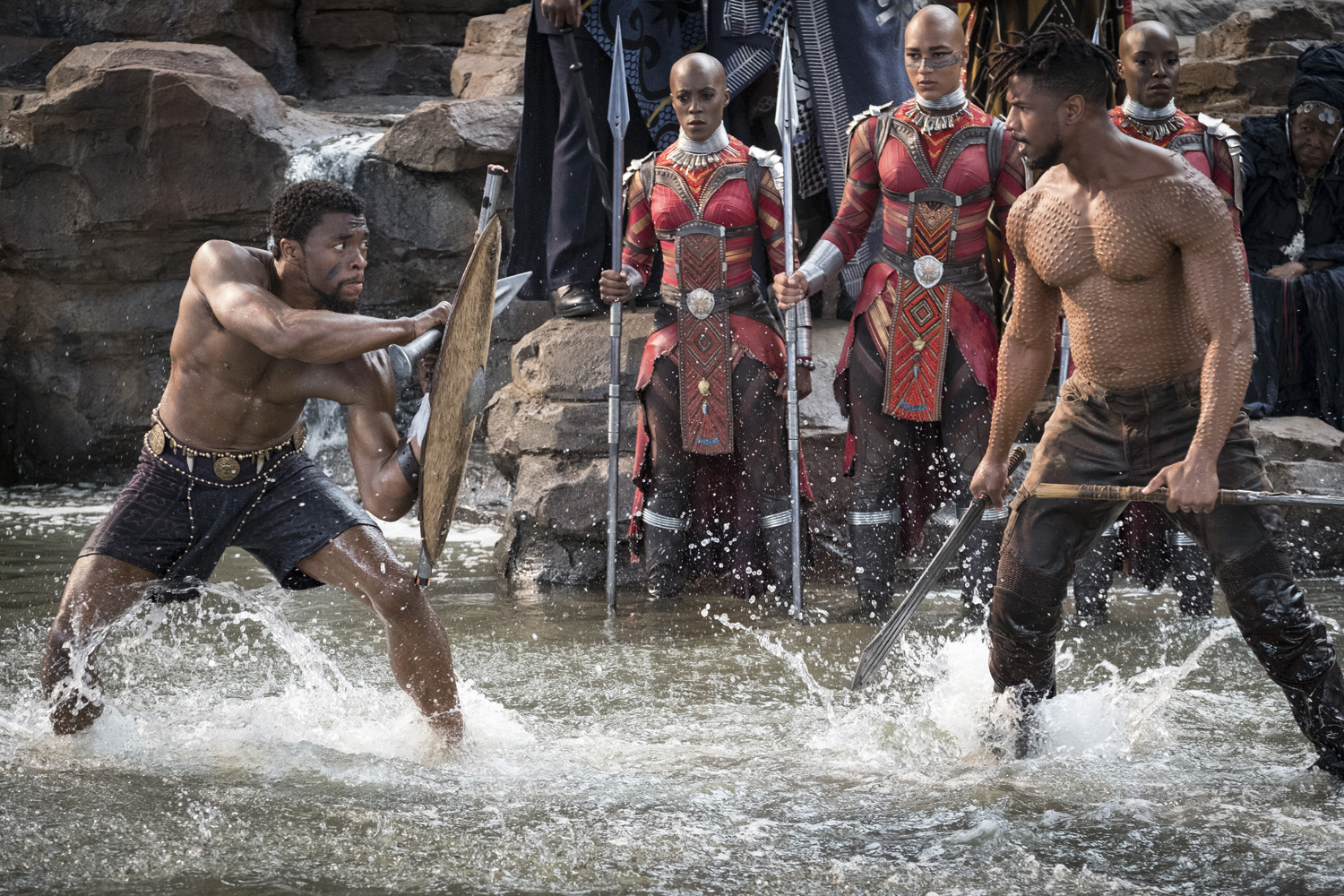
Arts & Culture
Challenging harmful ideologies in belief and practice

The latest Marvel movie adaption, Black Panther, arrives in the wake of the Black Lives Matter movement with its own take on global Civil Rights - with a pan-African twist
Published 20 February 2018
There were many ways that Marvel’s newest superhero blockbuster, Black Panther, could have gone horribly, horribly wrong.
The film tells the story of the Black Panther, superhero King and protector of the fictional African nation, Wakanda. Based on a comic book character from the 1960s, the film puts centre stage the American civil rights movement.

It hits our screens in the wake of Black Lives Matter, and the growing international recognition of an ongoing civil rights crisis around the world, including the recent criminalisation of African kids here in Melbourne.
Political stakes are high.
How can African-American civil rights activism be made to fit with the autocracy-busting super-powered global justice tropes of the Marvel Universe, whose heroes are usually affluent, white males?

Arts & Culture
Challenging harmful ideologies in belief and practice
Director and co-writer Ryan Coogler rises to the challenge, creating a triumphant superhero romp, yet not one that doesn’t fall into a few of the traditional traps of Western representations of Africa.
The film is mostly set in Wakanda, the fortuitous recipient of a magic space metal that has fuelled the city-state’s incredible technological advancement and, it seems, has turned it into the only socially prosperous patriarchal monarchy on the planet.
Wakanda’s new superhero King, T’Challa, brings the country to the brink of civil war through his indecision as to whether he should break the traditional isolationism of his forefathers.
His rival for the throne is his significantly more violent cousin, N’Jadaka, a Wakandan prince abandoned as a child in Oakland, California. N’Jadaka is hell-bent on using his home country’s technological resources to arm the black and minority populations of the world and overthrow the status-quo.
Two Black Panthers go head to head — the King with his dreams of peaceful resolution, the usurper with his hunger for violent revolution. Beneath the surface, two ideologies of racial struggle fight it out, asking us what form civil rights should take today.
So far, so superhero. And it turns out that the Marvel Universe is the perfect place for this struggle.

As the technicolour successor to the original Star Trek series, Marvel’s films mythologise an ‘International System’ and dramatise its ethical responses to existential threats of global catastrophe.
Black Panther is suffused with the history of African-American civil rights and is a clear critique of the less pacifist strands of the black power movement. However, in using superheroes, it elevates this discussion to a global scale, posing deeper questions about the responsibility of advanced nations and new technologies in helping to overthrow racial oppression.

Business & Economics
Teaching the next generation of #MeToo
The film’s vision therefore goes far beyond just African-American struggle. It brings for the first time an African superhero and nearly all-black cast to the screens and minds of a global audience to whom Africa is far more often criminalised, than it is celebrated.
Black Panther achieves something amazing in this sense.
Wakanda is a vision of urban planning - an ecologically balanced and technologically integrated smart-city of the future, leading the world both morally and socially. Its skyline is scattered with multicoloured fabric-wrapped roofs, pyramid-like ziggurats and buildings that imitate the mud minarets of Mali and Burkina Faso, all integrated with floating trains and bustling street markets.
This is a rare sight in sci-fi of any description - a vision of an African nation at the forefront of our shared global future. It is here, however, that things also start to come a little unstuck.
After a dazzling introduction, I found myself wondering what sort of Africa was actually being given screen time. An introductory map tells us that Wakanda is located somewhere near Lake Turkana in East Africa, yet the main language spoken is South African isiXhosa, with slivers of Kiswahili thrown in.

Characters are dressed in a whole range of styles, from red Maasai quilts and military-armour renditions of bright Nigerian Yuroba Aso-Oke. At one point people are painted in something that looks like Ethiopian Omo face paint, at another white-dots and angular forehead art, or dressed in gold neck-rings.
Wakandan culture feels so indiscriminate that the whole thing starts to look like the Pinterest feed for ‘tribal Africa’.

Arts & Culture
Bollywood: Movies with rich rewards
In creating this Pan-African cultural backdrop, Black Panther inadvertently starts to participate in the long Western history of treating Africa as just a prop in other peoples’ dramas. Africa becomes an object, in this case a stylistic one, to be consumed, with Wakanda becoming the placeholder for an African-American — and not a particularly African — fight for global identity.
Ironically, this treatment of Africa as somewhere to be repossessed and repurposed carries on the very practices of colonisation that the film so clearly wants to overthrow.
The film jars in another way.
Wakanda is a great African metropolis hidden behind the illusion of third world poverty. And yet Africa today — the real Africa — is full of great metropolises.
Some are thousands of years old, teeming with culture and art and technological innovation, and expanding faster than any other cities in the world. It is not some magical illusion but ignorance that hides these great cities from the world’s view.
Perhaps Black Panther will raise interest in what life in African cities is actually like, and remind us that African countries don’t need magic space metal to be relevant on the global stage. Perhaps this superhero’s story of global civil rights will get people thinking about the continent in an entirely new way.

Considering that all scenes of Africa in the film that take place outside of Wakanda take place in mud huts, however, this seems unlikely.
That said, this does not overly diminish film’s powerful placement of black identity and an African city at the centre of a vision for a global future.
At the end of the film, the camera pans up to capture the skyline of Wakanda, before the scene fades onto a shot of the plastic basket in Oakland that N’Jadaka used for a basketball net.
The image powerfully drives home the aspiration and hope invested in the symbol of an African(-American) country leading the world. It also articulates how desperately the world needs the image of a black superhero.
Banner image: Marvel Studios